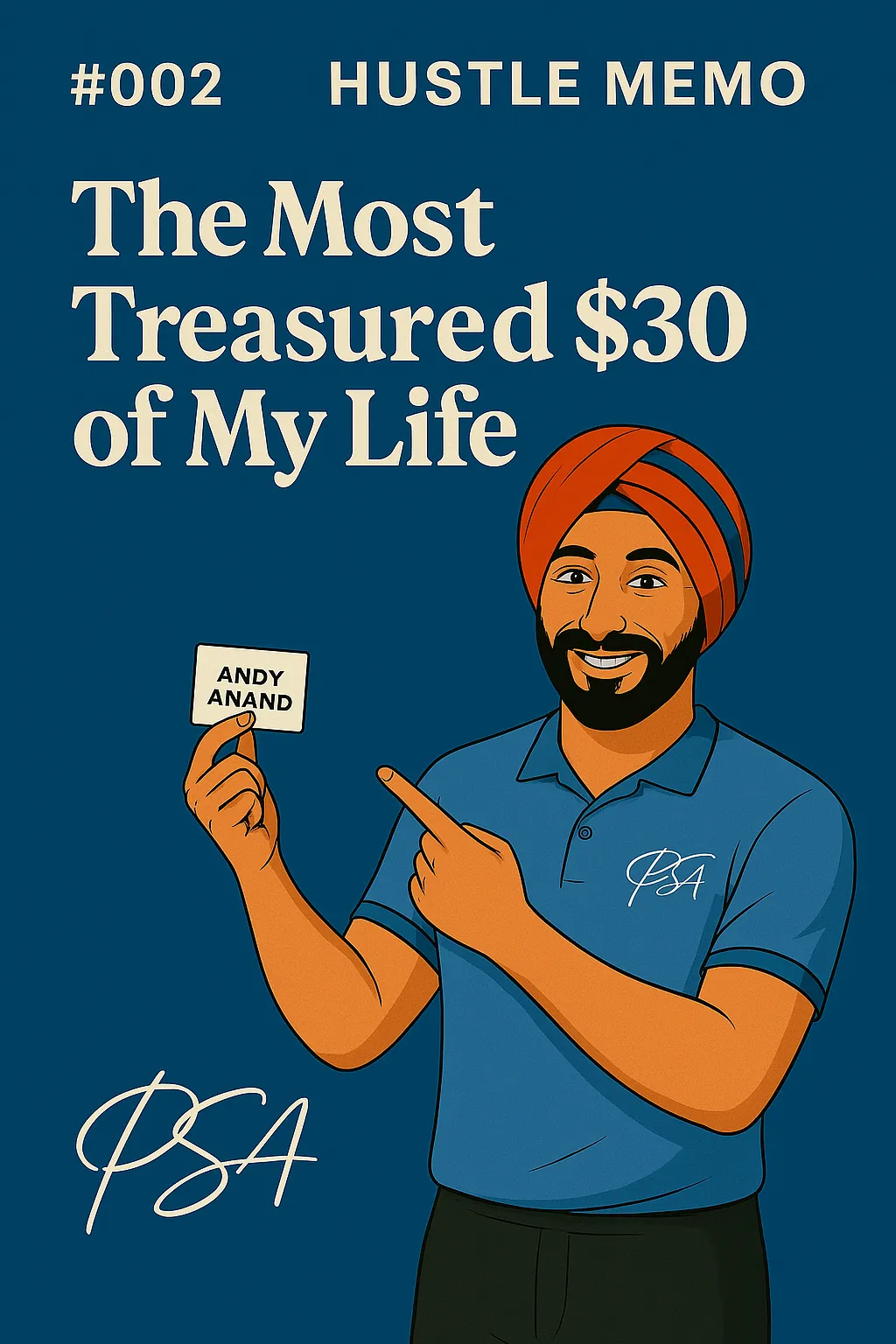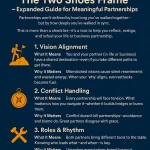Last time, we talked about taking the first step. Now, let’s dive into the second step—the one that truly tested my grit and resourcefulness.
After deciding to leap into entrepreneurship, I faced a daunting question: Where do I start as a solopreneur?
I had no product, no website, no fancy brochures—just a head full of technical knowledge, a heart brimming with confidence, and a business plan that outlined my vision. The plan was simple: secure annual IT maintenance contracts for small businesses. These contracts would be my bread and butter, enabling me to eventually hire a team and scale. But until I landed that first big deal, I was left in the cold.
This is the part no business plan prepares you for—the messy, unpredictable reality of starting from scratch.
The First Lap in the Ocean
Picture this: you’re standing at the edge of an ocean with no lifeboat in sight. That’s how I felt. To calm my nerves, I convinced myself that this wasn’t an ocean but a swimming pool—calmer waters with railings to hold onto if needed. But let’s face it: in real life, there are no railings when you’re bootstrapping. All you have is your initial cash runway, and mine was painfully short.
The question that haunted me was this: Who would trust me—a one-man show—with their IT systems?
I needed to find my ideal customer. After much thought, I realized it had to be small business owners without in-house IT teams—people who relied on external expertise for their tech problems. They were out there; I just had to figure out how to reach them.
The Classified Ad Gamble
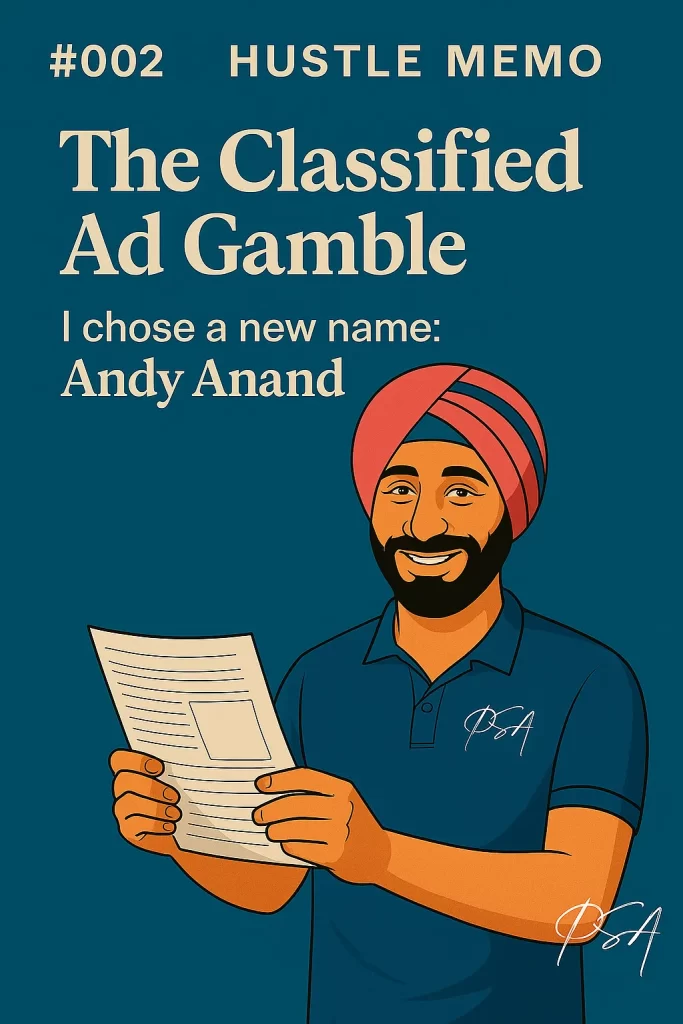
In 2003, the go-to method for reaching small businesses was through classified ads in newspapers. If the yellow pages didn’t help them find someone, they’d turn to these ads. So, I decided to place one myself.
But first, I faced another challenge: What do I call myself? My real name, Prabjeet, might be difficult for Chinese Singaporeans to pronounce or remember in the few seconds they’d glance at my ad. This wasn’t just about branding—it was about survival. After much deliberation, I chose a simple and approachable name: Andy Anand. It felt like naming a newborn because, in many ways, it marked the birth of my entrepreneurial journey.
Next came the cost: $10 per line in the classifieds section. My ad content fit into three lines—$30 total. That $30 was a big deal for me because it represented more than money; it symbolized hope and risk rolled into one.
Test Day – When the Phone Rang
The day my ad went live was nerve-wracking. Would anyone call? Could I handle their questions? What if I failed? My emotions were all over the place—excited and terrified at the same time.
And then it happened—a call came in! A small business owner needed help fixing his computer. Before I could even respond, he asked bluntly: “What if you can’t fix it? Do I still have to pay?”
I froze for half a second but quickly mustered up an answer: “No, you don’t have to pay if I can’t fix it. But yes, I can fix it.”
He gave me his office address in Ubi, and off I went—taking a cab because I had no idea how to navigate public transport to his location.
Under the Table – My First Job
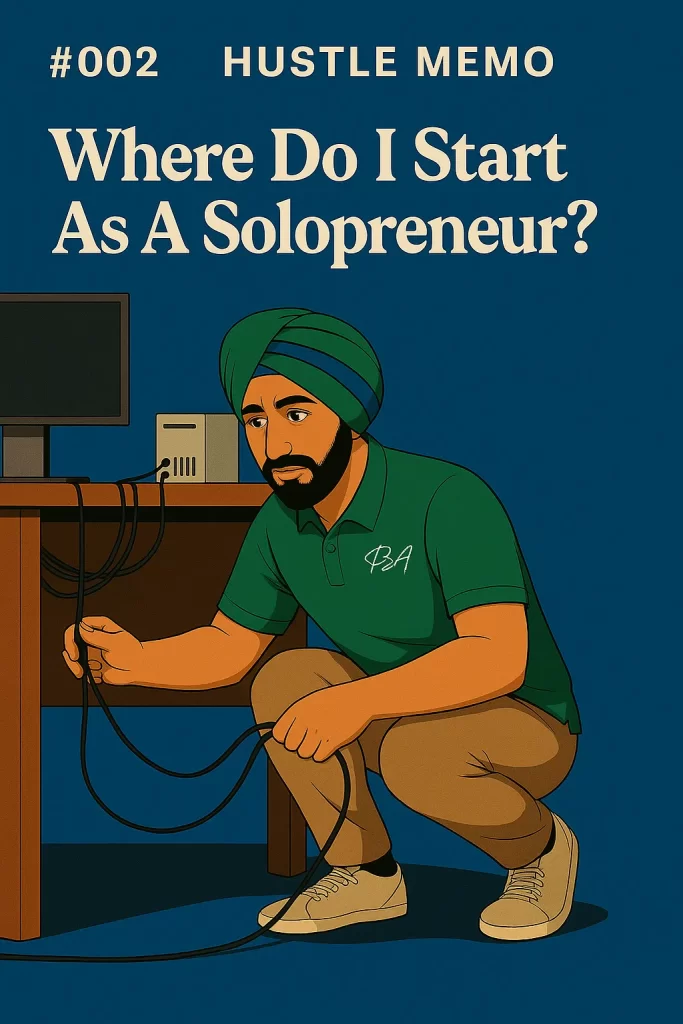
When I arrived at his office, he showed me his computer issue. Without hesitation, I got straight to work. All my previous corporate experience as a network engineer faded into the background as I found myself crouched under his desk untangling cables. My principle has always been this: If you have a day to cut down a tree, spend the first few hours sharpening your axe. So before diving into complex solutions, I checked the basics—connections and cables. Sure enough, the problem was something simple but overlooked. Within 45 minutes, the issue was resolved.
The Most Treasured $30
The business owner handed me three crisp $10 bills for my service. As I held them in my hand, emotions overwhelmed me—a mix of pride and relief. A tiny tear threatened to escape my eye as I realized what this moment meant: I had earned my first dollar as an entrepreneur!
Walking out of his office that day felt surreal. My pocket was heavier—not just with money but with proof that this crazy dream of mine could work.
Lessons from That Day
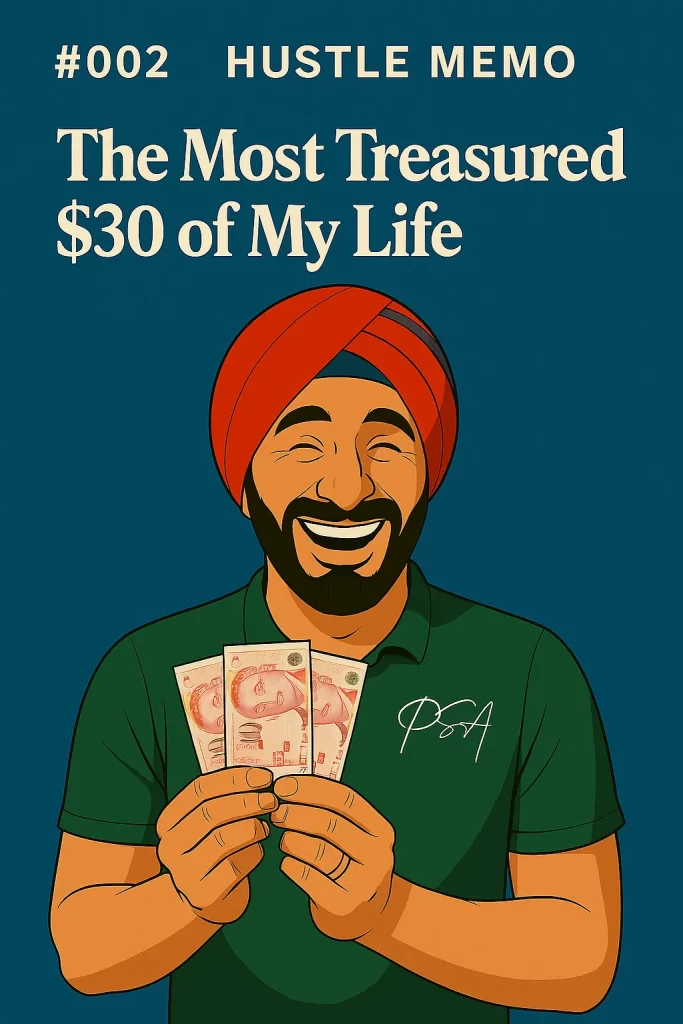
Start Small: You don’t need everything figured out—just take action.
Adapt Quickly: Challenges like naming yourself or answering tough questions on the spot will come up unexpectedly.
Celebrate Small Wins: That $30 wasn’t just money; it was validation that my journey had begun. That first job taught me more than any book or course ever could: success doesn’t come from waiting for perfect conditions—it comes from showing up and doing the work. So here’s to taking that second step—and every step after that!

